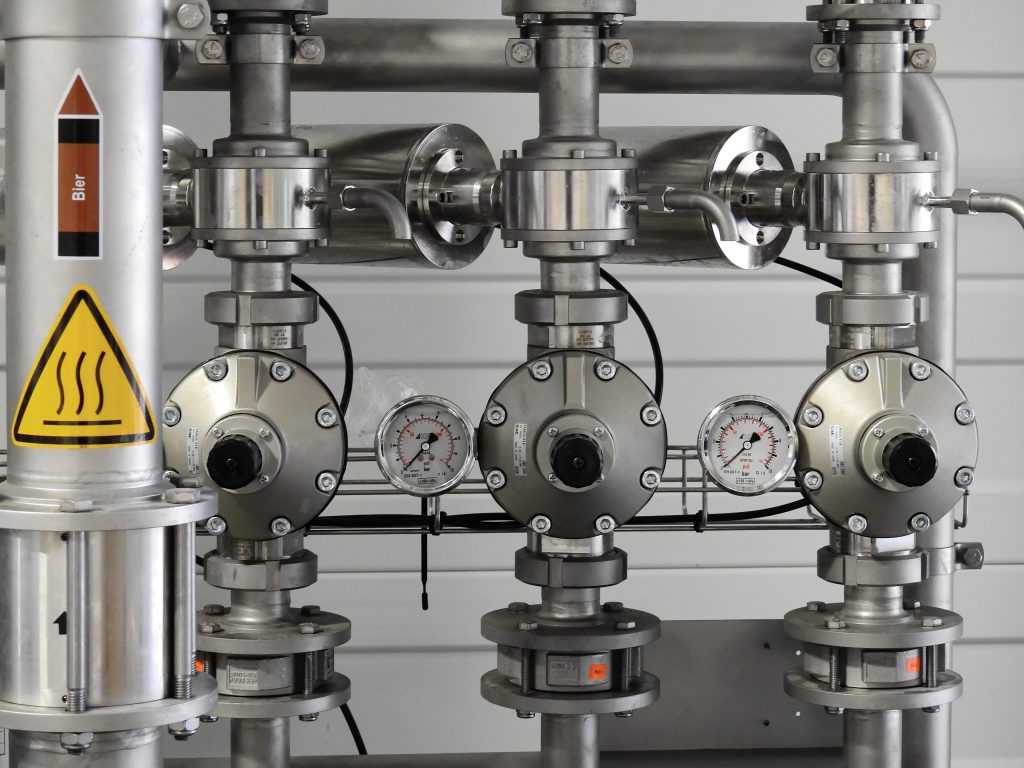Unblocking Sewer Lines

Nowadays, most houses and bigger buildings such as the corporate event venues you see in Melbourne have some plumbing system. The system consists of the pipes that bring water to the building and take the sewage away.
The pipes can’t always be seen as they’re frequently placed between walls or under the floor.
Sinks, showers, hand basins, laundry tubs and toilets have plastic or metal pipes joined to them which go out and connect in the sewage system below the ground. Older plumbing systems might have earthenware (clay) pipes.
The sewer pipe is the pipe that carries the sewer into the disposal system.
In the following report, we will have a look at the common causes of blockages to plumbings in addition to methods used by a plumber or a blocked drain specialist to fix the issues.
Common blockage materials
Toilets and bathroom pipes capture blocked when people put the wrong items down the toilet. A few of the things that should never be put down the bathroom are food scraps, paper, rags, cans, bottles, grease and fat.
Wastewater pipes from sinks, basins and laundry tubs can get blocked if folks put food waste, especially tea leaves, fat and other rubbish down. If warm fat is poured down an outlet pipe, then it will secure itself in the pipe once it cools and causes a blockage.
In addition to blockages caused by these materials, main sewer pipes can get blocked in other ways, for instance, tree roots growing into the pipe joints and dirt obstructing the pipe when it is broken by automobile traffic.

Plumbing rods
Plumbing rods are bits of equipment used to eliminate any blockage from sewer pipes. However, when sewer pipes have been broken plumbing rods aren’t powerful and the pipe has to be replaced.
The sticks screw together so they can be made as long as needed. They have various types of endings to assist eliminate the obstructing objects.
To reinstall the sewer pipe it is essential to locate an inspection opening (IO) under the blockage and push the rods up the pipe to the congestion.
Always remember which way the sticks and endings are screwed together and twist the sticks in the same direction.
If that isn’t done, the rods are likely to eventually become unscrewed and be left from the sewer pipe. This will make a bigger problem because the rods will block the pipe. If it occurs it will most likely be necessary to dig up the sewer pipe and then break it to replenish the pipe and receive the rods back. This would need to be carried out by a licensed plumber.
Unblocking sewer pipes
The larger sewer pipes have manholes set in them permitting access to the pipe. They are often about a metre underground and are big boxes, which normally have walls made from concrete. The box is connected to two or more pipes and allows the contents to flow from one opening to the another.
The lids, that are made of metal, can be raised to allow someone to look down into the sewer to see whether there is evidence of a blockage, for instance, wastewater build-up from the manhole.
Extreme care must be taken when opening the lids of sewer pipes as poisonous and explosive gases can build up in such pipes.
It does not matter if the building in question is a residential property or the Melbourne Stadium. Prior to attempting to unblock a sewer pipe, it’s important to remember:
- Before making an inspection, wait several minutes to allow any poisonous or explosive gases to escape.
- Never smoke while performing this work
- Never perform this work alone
- Never enter a manhole without proper security measures. It could be necessary to wear breathing gear or to ventilate (add fresh air) into the manhole and sewer tube. The gases inside can destroy.
- It’s always safest to check with the Water Authority, the local authorities EHO or manager before opening the lid or entering the manhole.
If there aren’t any manholes, then there’ll be IOs with plastic or concrete caps on the pipes. What this means is that there will usually be a box made of concrete located near the IOs. Sometimes these are under the floor and aren’t easy to discover. It may be required to dig to see them.
It’s a great idea to get the sewer pipe plans on your community so that you can refer to the plans before beginning to dig.
Unblocking fixtures
For the plumbing system to operate, the plumbing must be free of blockages. This generally applies to all types of plumbing, including the pipework set up for a 5000 litre water tank. When the pipes are obstructed, the toilet, shower, laundry bathtubs or the kitchen sink won’t take the wastewater away properly.
If a fixture is blocked, the wastewater may flow on the floor of the house. If the sewer pipe has been blocked, the wastewater may stream from the DT on the floor out. Contact with this wastewater might lead to disease.
To unblock a sink, shower recess, bathtubs, or even slimline water tanks, first get rid of any larger pieces of rubbish then try using a plunger or a loofah to complete unblocking the pipe. Plumbing from sinks, basins and bathtubs and the little waste pipes leading to the bigger sewage pipes beyond the building will have small IOs.
These might be sealed with a screw plug, either near the fixture or on a bend. The plugs on such IOs can be removed to allow entry to blockages.
A plunger consists of a thick rubberized cup which is attached to a handle on the other hand. It is used by placing it on the opening to the obstructed outlet pipe then thrusting it up and down fast over the hole. The suction due to this action will help move the blockage.
A mop can be used to reestablish a pipe at the exact same manner. It’s best to use a mop to unblock a toilet pan.
If using a plunger or a mop does not suffice, the pipes need to be examined through IOs or a manhole to come across the blockage. This can then be removed with plumbing rods. If these are not available, then a hose may work.










